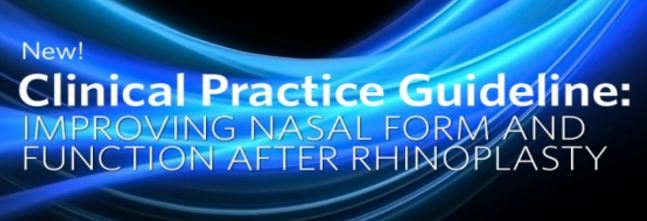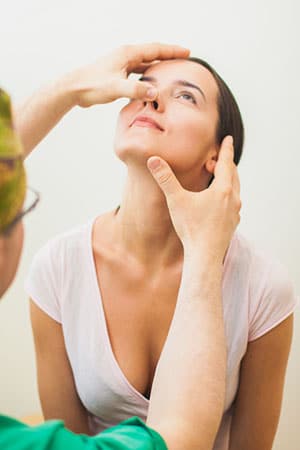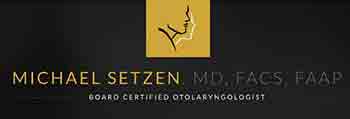Improving Nasal Form and Function after Rhinoplasty
- Posted on: Feb 6 2017
- Leave a response
Improving Nasal Form and Function after Rhinoplasty
A new clinical practice guideline (CPG) : Improving Nasal Form and Function after Rhinoplasty was published in Otolaryngology–Head and Neck Surgery February 2017 as a Supplement. It provides evidence-based recommendations on pre- and post-management care for patients undergoing rhinoplasty. This was developed as a quality improvement opportunity by creating clear recommendations to use in medical practice.
Rhinoplasty is a commonly performed cosmetic procedure with over 200,000 procedures reported in 2014 in the United States .These guidelines are critical regarding the pre- and post-operative care to maximize safety and enhance surgical outcomes for patients.
What is rhinoplasty?
Rhinoplasty is often referred to as a “nose job” or nose reshaping. It is a surgical procedure that alters the shape or appearance of the nose. It may also aim to improve any breathing problems or correct physical defects in the nose.
SIGNIFICANT POINTS MADE IN THE GUIDELINE:
Communicating Expectations
Clinicians should ask all patients seeking rhinoplasty about their motivations for surgery and their expectations for outcomes, should provide feedback as to whether those expectations are a realistic goal of surgery. Comorbid
Comorbid Conditions
Clinicians should assess rhinoplasty candidates for comorbid conditions that could modify or contraindicate surgery, including obstructive sleep apnea, body dysmorphic disorder, bleeding disorders, or chronic use of topical vasoconstrictive intranasal drugs.
Nasal Airway Obstruction
The surgeon should evaluate the rhinoplasty candidate for nasal airway obstruction during the pre-operative assessment.
Pre-operative Education
The surgeon should educate rhinoplasty candidates about what to expect after surgery, how surgery might affect the ability to breathe through the nose, potential complications of surgery, and the possible need for revision surgery.
Counseling for Obstructive Sleep Apnea Patients
The clinician should counsel rhinoplasty candidates with documented obstructive sleep apnea (OSA) about the impact of surgery on nasal airway obstruction and how this might affect peri-operative management.
Managing Pain and Discomfort
The surgeon should educate rhinoplasty patients before surgery about strategies to manage discomfort after surgery.
Outcome Assessment
Clinicians should document patient satisfaction with nasal appearance and function 12 months after rhinoplasty.
The guideline recommends AGAINST:
Post-operative Antibiotics
– When a surgeon chooses to administer perioperative antibiotics for rhinoplasty, he or she should not routinely prescribe antibiotic therapy for a duration of more than 24 hours after surgery.
Nasal Packing
– Surgeons should not routinely pack the nasal cavity after rhinoplasty (with or without septoplasty).
The guideline made the following statement an OPTION:
Peri-operative Steroids – The surgeon may administer perioperative systemic steroids to the rhinoplasty patient.
Publications
“Clinical Practice Guideline: Improving Nasal Form and Function after Rhinoplasty, Executive Summary” ~ Setzen, Michael, et al.
Posted in: Uncategorized







